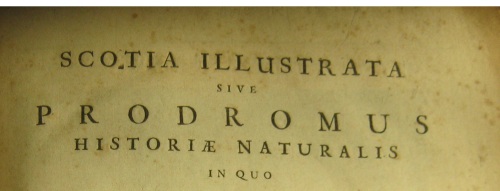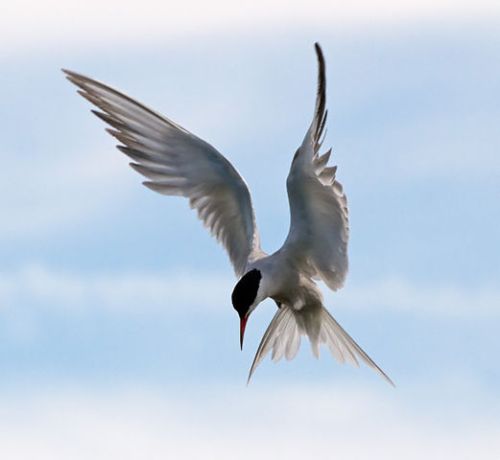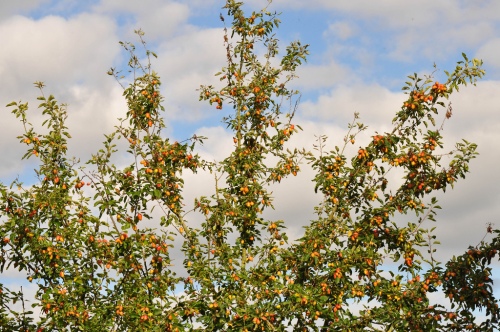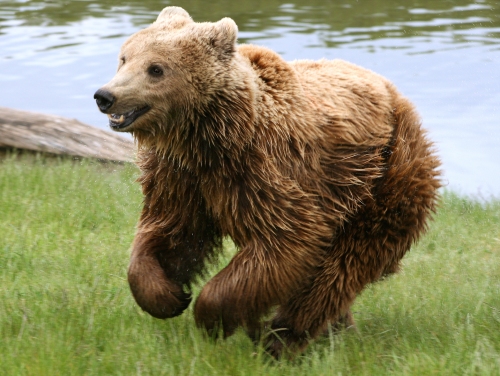Species: Some cold turtles, seen off the coast of the Orkney Islands, probably leatherbacks (Demochelys coriacea), also some chilled-out pet tortoises (sp. unclear).
Source: Scotia Illustrata (Scotland Illuminated), a complete geography of Scotland written in early enlightenment Scotland by Robert Sibbald.
Date: First published 1684 CE.
Highlights: This blog post introduces, translates and comments what I believe to be the earliest record of a marine turtle (most probably a leatherback) from Britain. This record, from Robert Sibbald’s Scotia Illustrata has been overlooked by previous scholars because the book is only available in difficult Latin. It is a decade older, and more certain than the previous oldest record.
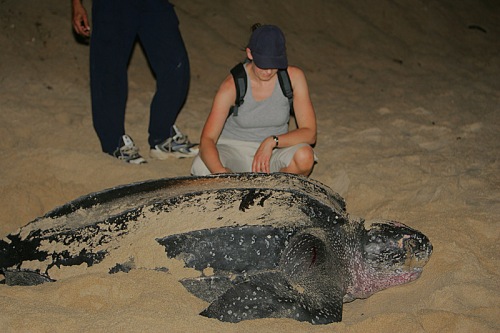
Photograph of leatherback turtle with Marian Garvie and other, unknown, taken by Steve Garvie, licensed under CC-BY-SA 2.0.
You too can grow up this big and strong on a diet of Natural History and jellyfish.
Continue reading →


